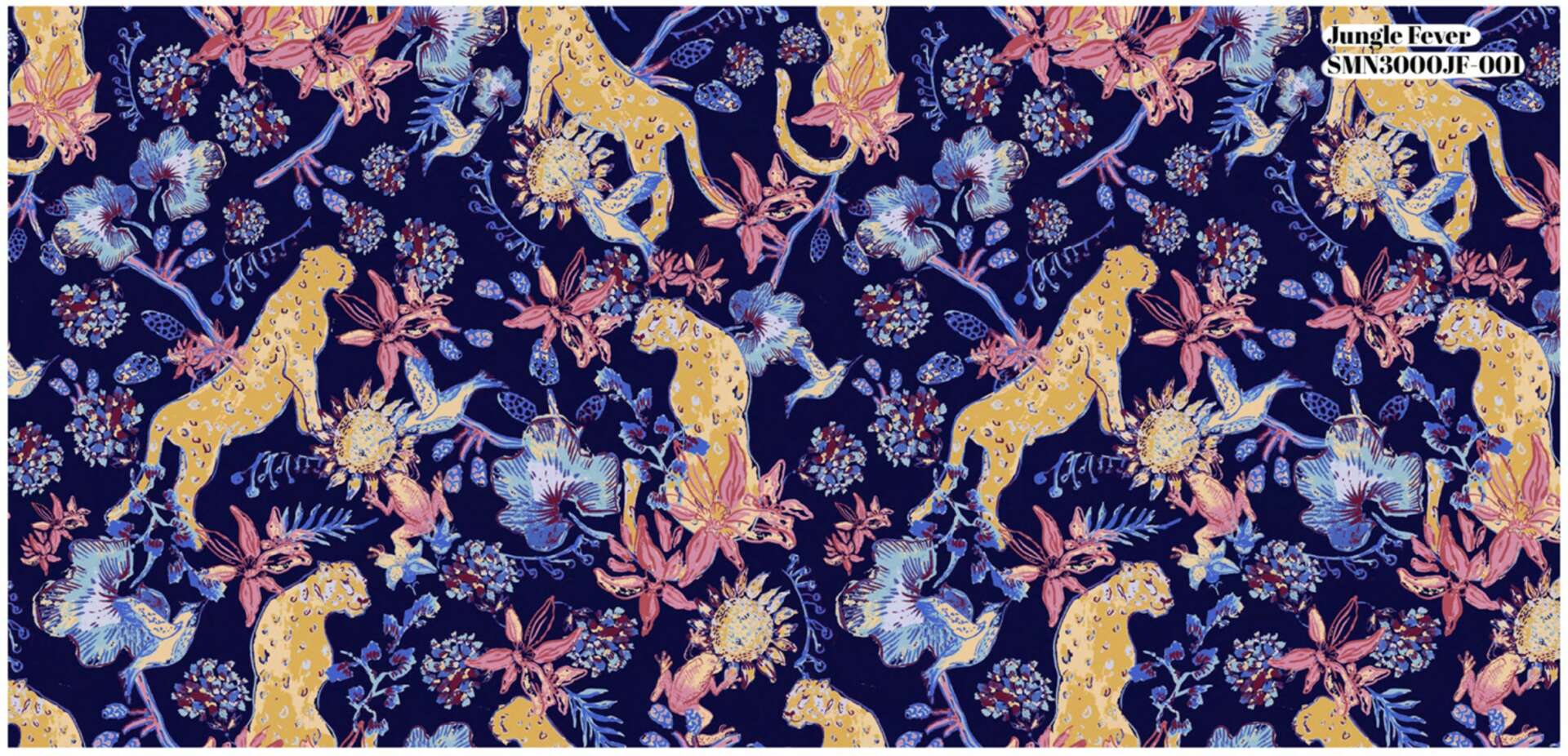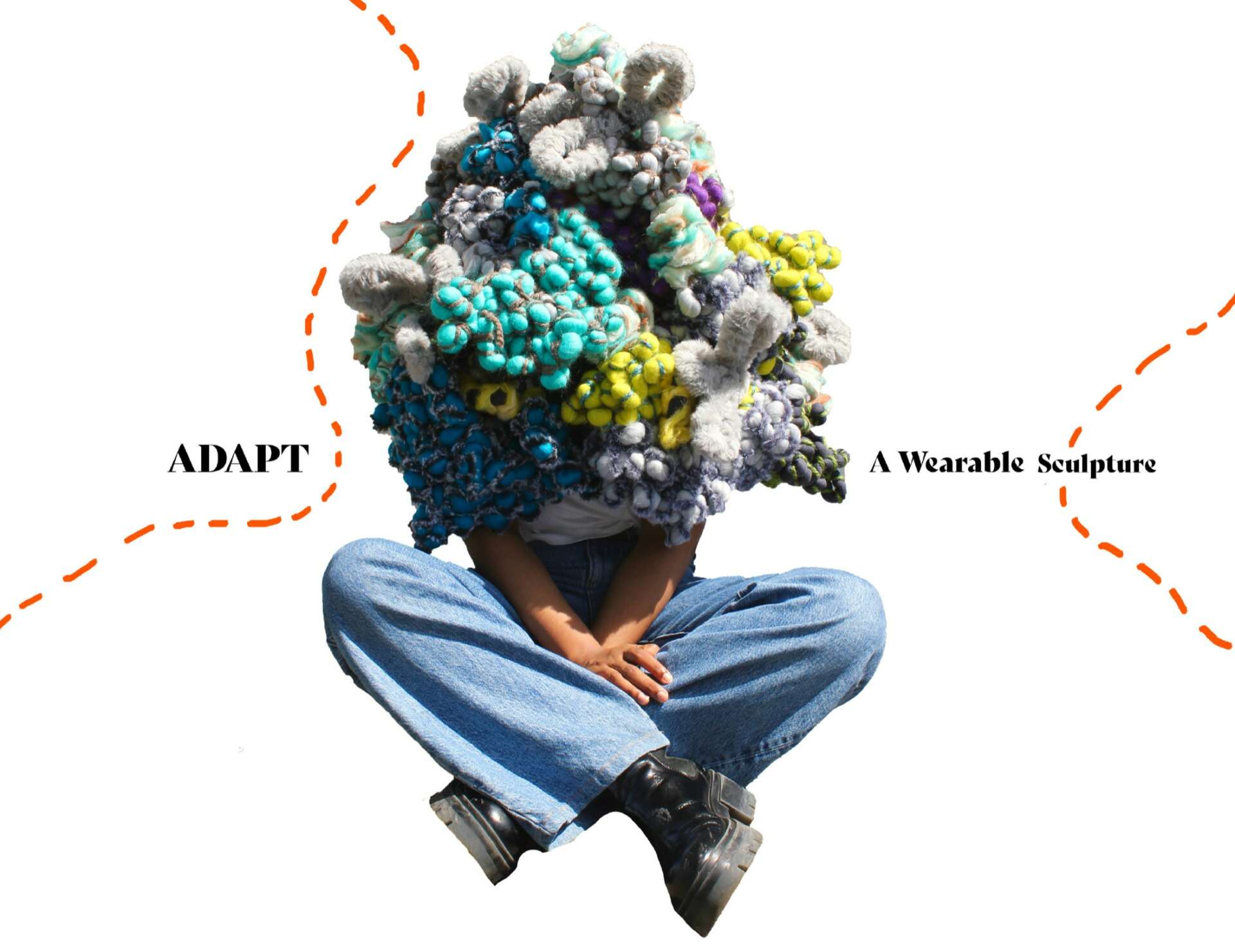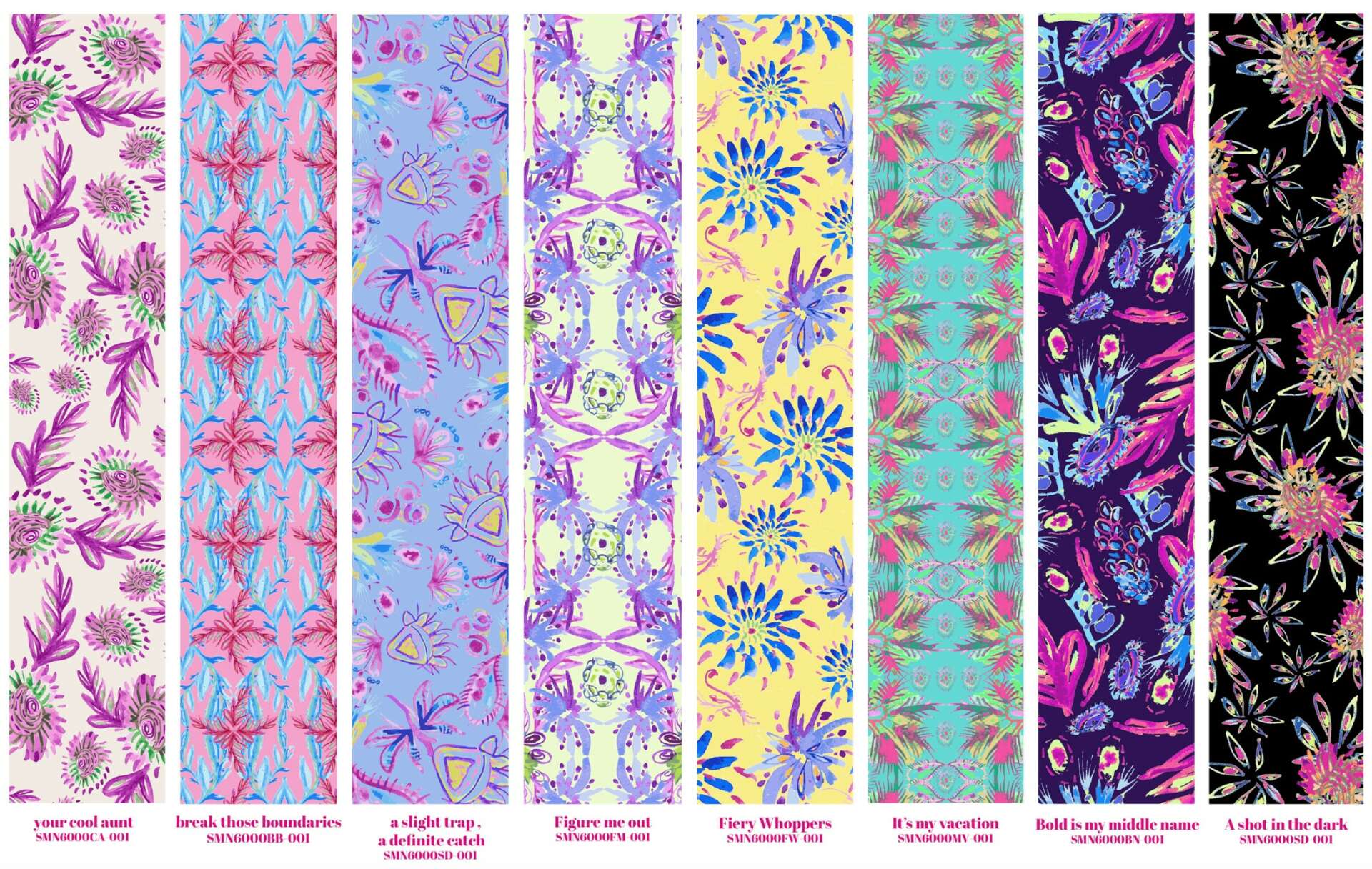We recently connected with Saira Mary Netto and have shared our conversation below.
Saira Mary, thanks for joining us, excited to have you contributing your stories and insights. We’d love to hear about a project that you’ve worked on that’s meant a lot to you.
There have been many projects that have been meaningful to me throughout my years at college and in the industry as a designer. In college, I took complete artistic freedom with my work through the guidance of my professors. Whereas, the projects that I have worked on in a company come with strict guidelines in order to be commercially viable.
To create for yourself and to create for a larger audience are both extremely important for a designer to experience. The first helped me to understand who I was as a designer and the latter allowed me to apply my knowledge to a setting where I could make a living out of my work.
A particular project that stands out to me was one that I had worked on alongside my fellow SCAD students and professors. This was for the launch of a kids bedding collection for the company, Trident. Although we had multiple check-ins with the employers, we were also encouraged to exercise creative freedom which is hard to come by. This was one of the first projects that I had worked on which would be manufactured and sold in a large way. And it really taught me about researching and designing for a target consumer while also providing the comfort element of a college environment.
I always remember this project as it set a standard for me to look up to in terms of supportive co-workers, creative freedom and guidance.

Awesome – so before we get into the rest of our questions, can you briefly introduce yourself to our readers.
My interest in textiles started way back to when I was a child in India. I was extremely lucky to be surrounded by family and friends that loved to dress up and wonderful textile artisans who created the most vibrant and intricate designs. The joy that surrounded fashion and textiles in my childhood really inspired me to pursue this as a career. But it was also important for me to travel and experience life in different places which is what led me to go to college at Savannah College of Art and Design with the support of my family.
This was a big step for me as I had never been to the U.S. before but it was a step that I felt was necessary to my growth as an individual and designer.
Studying textile design was an extremely enjoyable experience for me. I was allowed to innovate and create to my hearts desire. I grew a lot as an artist and I really focused on print and pattern within my major in my final two years at college. SCAD was also very good at providing opportunities in the form of collaborations, industry meet-ups and exhibitions.
In my third year, I was able to connect with a brand called Any Old Iron, who I freelanced for through the summer. I was able to create prints that were produced for their 2021 Kansas City fashion Week. This first job in the industry really helped me to solidify what I wanted to do career-wise. I also was lucky as I was surrounded by wonderful peers and professors that constituted a small but fantastic fibers community.
After I graduated, I joined Kate Spade as a design apprentice which was a great stepping stone into the industry. My mentor and team were extremely supportive and patient with me. And there I learnt how to create something exciting for the customer while also producing designs that kept to the essence of the brand. I was also able to work on patterns that will soon be released into the world.
As a textile designer there are many paths you can take, it could be designing print and pattern for fashion or interiors, textile engineering, designing wovens or focusing on color, etc. The options are vast and once I completed my apprenticeship, I was sure I wanted to create prints for an array of surfaces be it fashion or interiors.
After Kate Spade, I went on to work for a little time at Liora Manne, where I learnt more about home furnishings and designing for interiors. This added on to my knowledge as I am currently working on building my brand and continuing my work as a freelance print and pattern designer.
I do love vibrant tones paired with illustrative motifs and intricate designs in my personal work. And although most of the time, these have to be applied to a commercial setting it is a puzzle that I enjoy solving.
There is so much innovation in textiles and something new to learn about everyday, I am proud of the way that I am able to handle these new challenges and excited for what is yet to come.

What’s the most rewarding aspect of being a creative in your experience?
One of the most rewarding aspects for me is being able to share what I love with others. As a textile designer, I have found that not many people really know what that entails.
Although textiles are interacted with on the daily, most people are not really aware of the process or those behind creating and curating them. It is just like buying an item of clothing and not really looking close at the care instructions or content label.
The fibers community is a relatively small community when compared with other fields of interest. It is a niche industry although it has much potential. Moreover, I have always noticed that once people start to learn about this field, a lot of people are drawn towards it and want to learn more. As a result, I love bringing awareness to what I do and having my work as evidence to support this conversation is a great joy for me.


In your view, what can society to do to best support artists, creatives and a thriving creative ecosystem?
I think that one of the best ways of support that can be demonstrated by society is to be open-minded and respectful of the often tedious process and time involved in developing an end result.
As a society, we are quick to judge. There are so many times I have heard people say, “I could have made that” or “Why is that priced so high?”. Only the makers and those supporting them really know how much time and effort goes into the end product or why they made such a decision with pricing. So many factors go into one product or design. Many of the times the final version of the product you see is a result of multiple strike-offs and intentional decisions involving a single designer or a team. So what someone may view as “simple” or “easy”, is most often the opposite in terms of process and decision-making.
Therefore, a willingness to listen and learn about this process goes a long way for creatives in the present and future as well.

Contact Info:
- Website: https://sairamarynetto100.myportfolio.com/work
- Linkedin: www.linkedin.com/in/saira-mary-netto-aa50a9206


